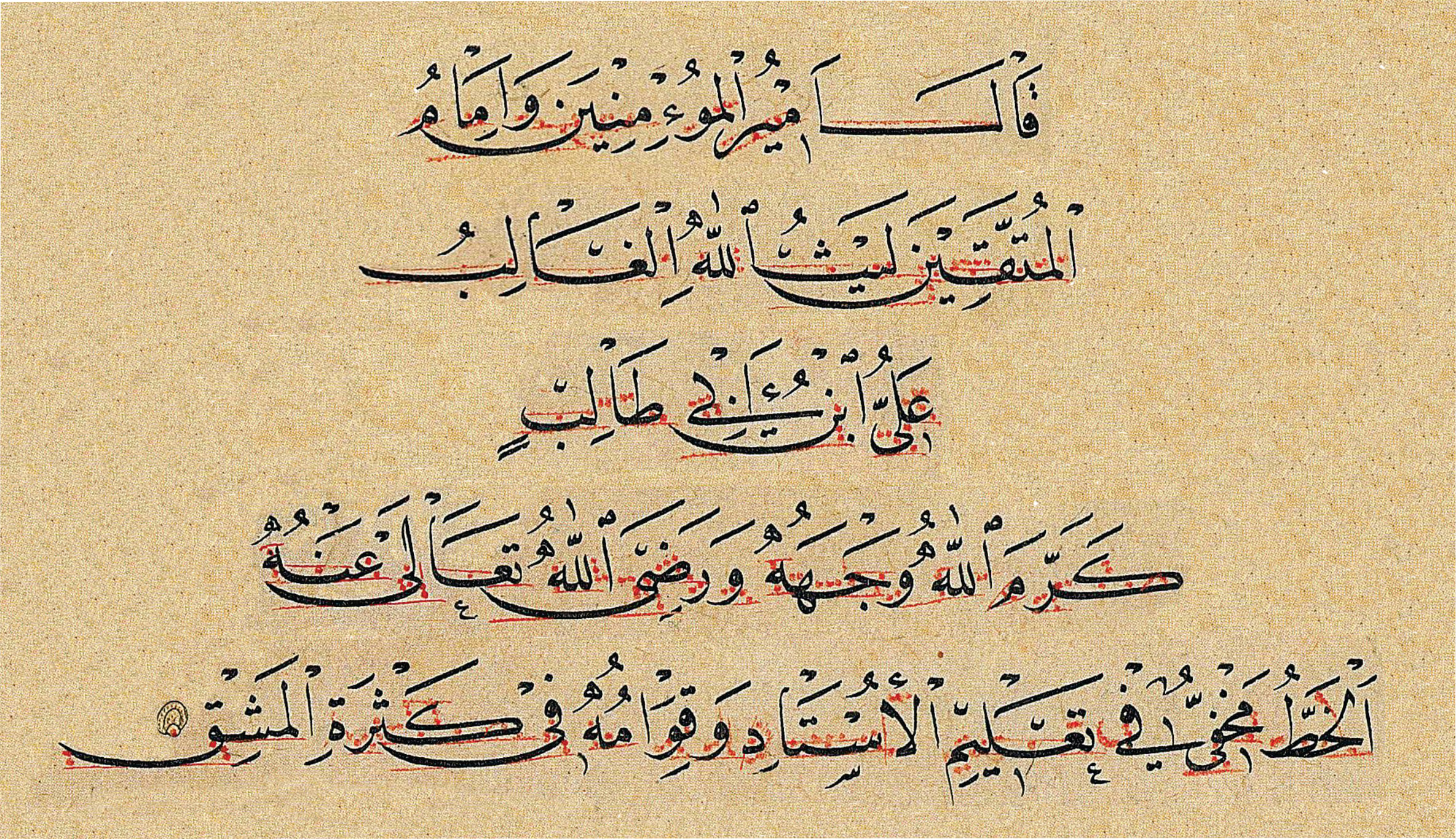Naskh
In the beginning it was relatively easier to read and write and was hence used more for correspondence.
Later it was reformed into an elegant script worthy of the Holy Quran and today more Qurans are written in Naskh than all other scripts put together.
Known for its readable glyphs, the Naskh was traditionally used for long texts and inscriptions. Its use continuos today in the design of printed Arabic books, due to its modern look and cursive letters.
